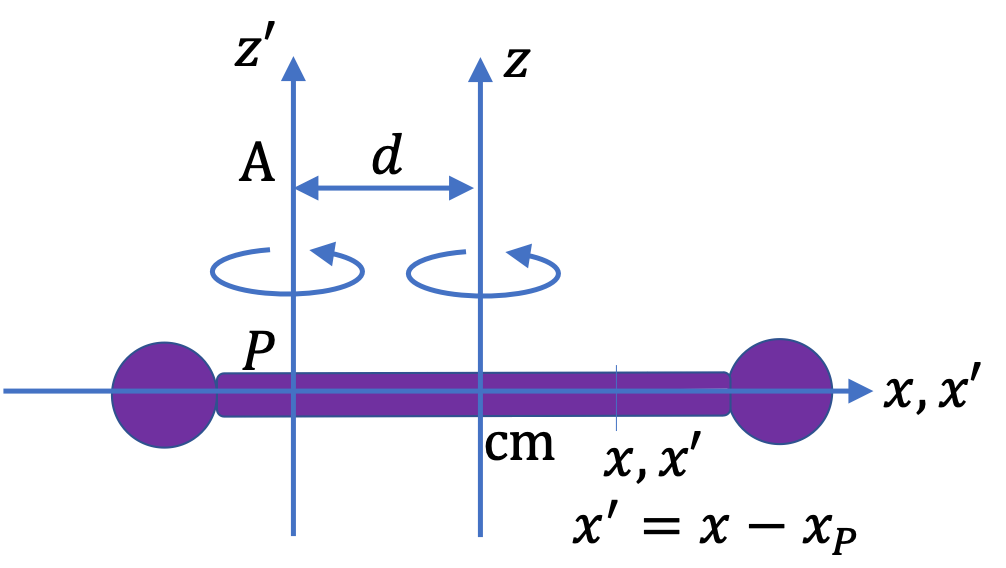
I’m pretty sure you can handle the simple integration in Equation 7 by yourself. Recall that from Calculation of moment of inertia of cylinder: Notice that the thin spherical shell is made up of nothing more than lots of thin circular hoops.

The moment of inertia of more complex body is then defined as the sum of the moments of inertia of all the individual elements, \(I=\sum_0^k\]Ī radian is a ratio, a fraction of a circle, and therefore dimensionless.Note: If you are lost at any point, please visit the beginner’s lesson (Calculation of moment of inertia of uniform rigid rod) or comment below. We see that the moment of inertia is greater in (a) than (b). The moment of inertia of a point mass is often stated, without any justification, as being the mass of the particle \(m\) multiplied by the square of its distance \(k\) from the axis of rotation, or \(mk^2\). Using the parallel-axis theorem eases the computation of the moment of inertia of compound objects. It is the rotational equivalent of inertia or mass in systems involving linear acceleration. Moments of inertia can be found by summing or integrating over every piece of mass that makes up an object, multiplied by the square of the distance of each. The ‘moment of inertia’ of a rotating body is the body's resistance to angular acceleration. Moment of Inertia Copyright © David Boettcher 2005 - 2023 all rights reserved. Bocks and Rams: IWC and Stauffer Trademarks.New product: Leather and Sterling Alberts.Savonnette and Lépine Watches and Cases.Converted Wristwatches - Transitional? No.If the total mass of kg were concentrated in the sphere, the moment of inertia would be.

It may be instructive to compare this moment of inertia with that of a rod or sphere alone.




 0 kommentar(er)
0 kommentar(er)
